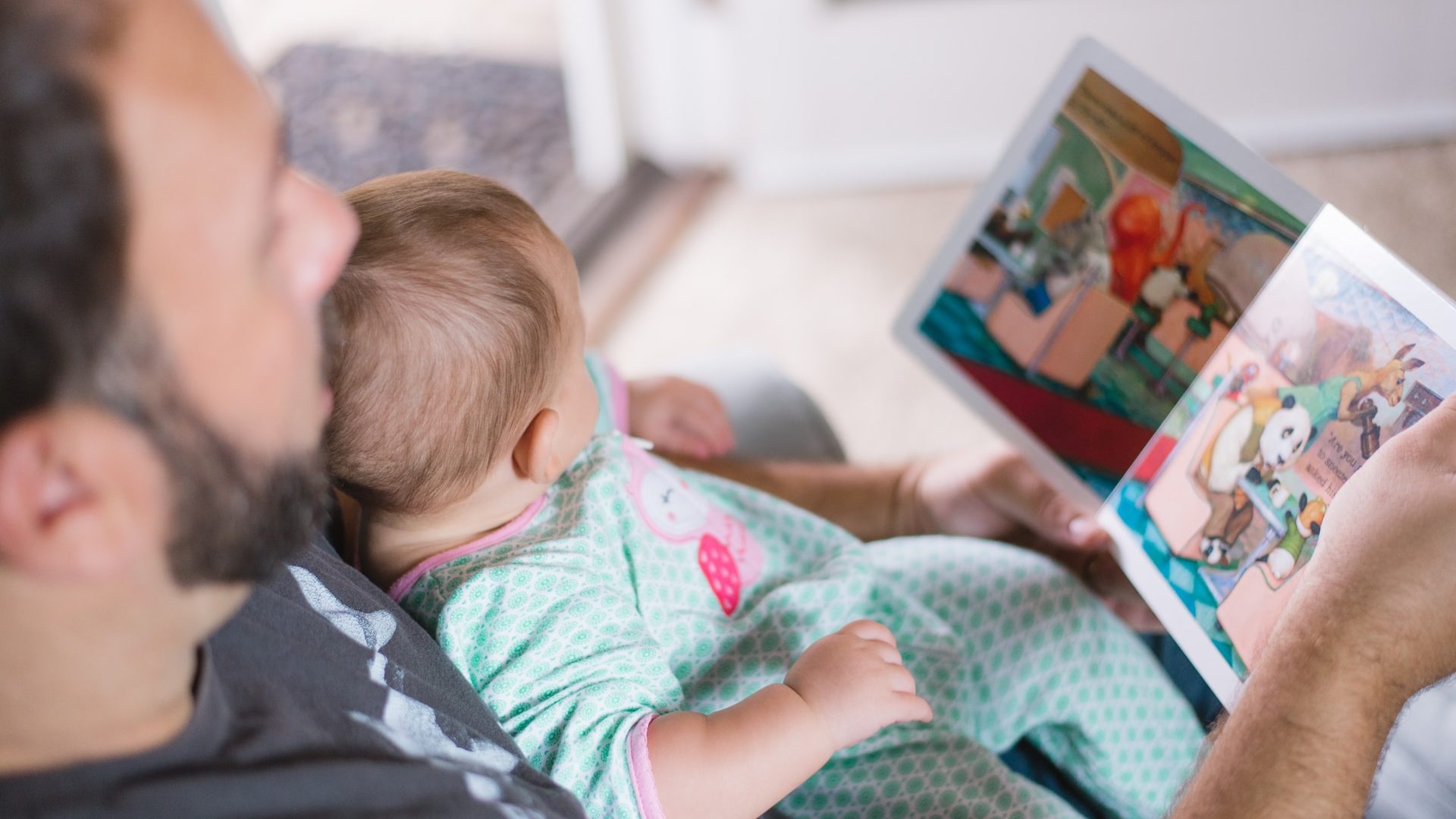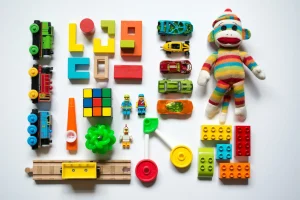A Comprehensive Guide to Raising Multilingual Children

Raising children is a journey filled with multiple decisions. One such decision is whether or not to introduce multiple languages during infancy. You might be asking, “Is it beneficial? Are there drawbacks? How do I go about it?” Well, new and expecting parents, let’s dive into the world of raising multilingual children based on the study by Werker & Byers-Heinlein (2008).
The Multifaceted Benefits of Raising Bilingual Children

- Cognitive Advantages: Multilingual children often develop better problem-solving and multitasking skills. They have an edge in understanding complex concepts and switching between tasks.
- Cultural Exposure: Being fluent in more than one language provides children with a broader cultural perspective, fostering empathy and understanding towards diverse populations.
- Better Communication Skills: Multilingual children tend to be better communicators. They often become adept at understanding non-verbal cues and are more receptive to different tones and nuances in speech.
- Economic Opportunities: In a globalized world, knowing multiple languages opens the door to numerous career opportunities in adulthood.
Possible Disadvantages: Myth or Reality?
Language Development: Dispelling the Delay Myth
It’s important to address some of the concerns parents might have. One of the key worries is the delay in language development. Some believe that introducing two languages might confuse the child, leading to a delay in speaking. However, Werker & Byers-Heinlein’s study and many others suggest that any observed delays are temporary. These children eventually catch up and can even surpass their monolingual peers.
Code-Switching: Embracing Linguistic Flexibility
A concern parents that are raising multilingual children often have is what’s termed as ‘code-switching‘. This is when children switch between languages in a single sentence. It’s important for parents to not mistake this for confusion. Rather it’s a sign of linguistic flexibility.

The Roadmap to Raising Multilingual Children
The Early Language Journey
From when they are born, infants show the ability to pick up languages. They absorb them from their environments and can tune into their parents’ speech. This highlights the linguistic talent found in every baby.
Beginning their multilinguistic journey early offers many advantages. It not only strengthens their understanding of different linguistic tones and patterns but also provides a strong foundation for later language development
Ensuring Language Consistency
Choose specific time periods or environments for the use of each language. As an illustration, one parent might take part in English conversations. Meanwhile, the other parent engages in Spanish interactions. This establishes a clear defined context for using each language within the family. This approach not only enhances language development but also enriches the linguistic experience for everyone in the family.
Immersion in Language and Culture
Enroll your children in bilingual playgroups or nurseries. Encourage friendships with other kids who speak the same language. This can significantly boost their language skills. The more your children hear and use the language in their daily interactions, the better they’ll become at it.
Books and Media: Windows to Multilingualism
Bilingual books and shows are invaluable educational resources. They’re not only fun but also excellent for educational purposes. Mixing these in combines entertainment with educational benefits. This way, it grabs their focus and lets them use the languages they’ve picked up in a casual manner.
Stay Positive and Persistent
There will be times when your child might prefer one language over the other. This is completely natural and shouldn’t discourage you. Instead, consider it a normal part of their linguistic evolution. Stay committed in upholding a positive and enjoyable learning environment. Remember: your persistence and a fun atmosphere are key to their language journey.

Strategies and Timing for Introducing Multiple Languages
Ideal Age to Introduce a Second Language
Research has shown that the ideal age to introduce a second language is during early childhood. The brain is particularly well-suited to learning languages between birth and age 7. This is because young children’s brains are still developing and are more adaptable to learning new languages. Additionally, Young children, particularly those under the age of 7, have a unique ability to absorb and reproduce new sounds, patterns, and structures of a new language.
However, it is never too late to start learning a second language. While early childhood is the ideal time to introduce a second language, a study has shown that learning a second language at any age can have cognitive benefits. Learning a foreign language “has a positive effect on executive function, (linguistic) self-confidence, autonomy, communicative skills and overall well-being, irrespective of age and prior language knowledge”. Therefore, it is important to encourage language learning at any age.
So while early childhood is the ideal time to introduce a second language, it is never too late to start learning. Learning a second language has cognitive benefits and can enhance critical thinking, problem-solving, and listening skills. Therefore, it is important to encourage language learning at any age.
Effective Methods to Teach Multiple Languages:
- One Parent One Language (OPOL) method: This method involves each parent speaking a different language to the child. For example, one parent speaks English and the other speaks Spanish.
- Total Physical Response (TPR) method: This method involves using physical movements to help children learn new words and phrases. For example, if you want to teach a child the word “jump,” you can demonstrate the action of jumping.
- Language immersion: This method involves surrounding the child with the language they are learning. For example, enrolling them in a school where the language is spoken or spending time in a country where the language is spoken.
- Audio-lingual method: This method involves listening and repeating phrases in the target language. It is often used in language classes and involves a lot of repetition.
- Communicative language teaching: This method focuses on communication and encourages children to use the language they are learning in real-life situations.
- Task-based language teaching (TBLL): This method involves giving children tasks to complete in the target language. For example, asking them to order food in a restaurant in the language they are learning.
- The Natural Approach: This method involves learning a language in a similar way to how children learn their first language. It involves a lot of listening and speaking practice.
- The Silent Way: This method involves the teacher being silent and allowing the children to learn through problem-solving and discovery.
- The Grammar-Translation method: This method involves learning grammar rules and translating sentences from one language to another. It is often used in traditional language classes.
- Project-based language learning (PBLL): This method involves having children work on a project in the target language. For example, creating a video or writing a play. It can help children develop their language skills while also fostering creativity and collaboration
- Story-based language teaching: This method involves using stories to teach language. It can help children learn new vocabulary and grammar in a fun and engaging way.
- Content and Language Integrated Learning (CLIL): This method involves teaching a subject, such as science or history, in the target language. It helps children learn the language in a meaningful context and can improve their overall understanding of the subject
Raising Multilingual Children
A Gift that Keeps on Giving
Raising multilingual children is a challenging yet enriching experience that can provide numerous cognitive, cultural, and economic benefits to your child. The cognitive, cultural, and economic advantages far outweigh the temporary challenges. And with a roadmap informed by research, such as the insights from Werker & Byers-Heinlein, you’re well-equipped to set your child on a path of multilingual proficiency.
So, dear parents, as you embark on this multilingual journey, remember that every word, sentence, and story in a new language opens up a world of opportunities and understanding for your child. Embrace the process and enjoy the beautiful symphony of languages in your home.












